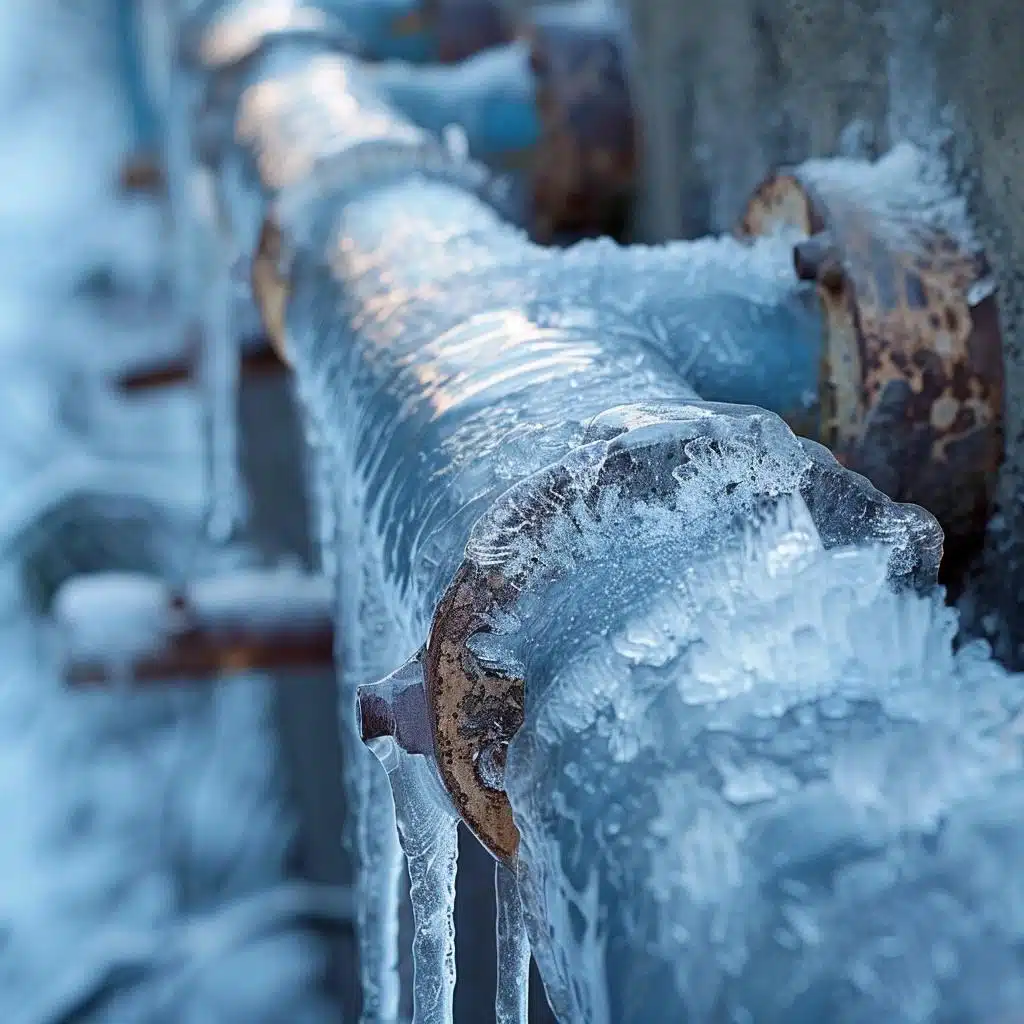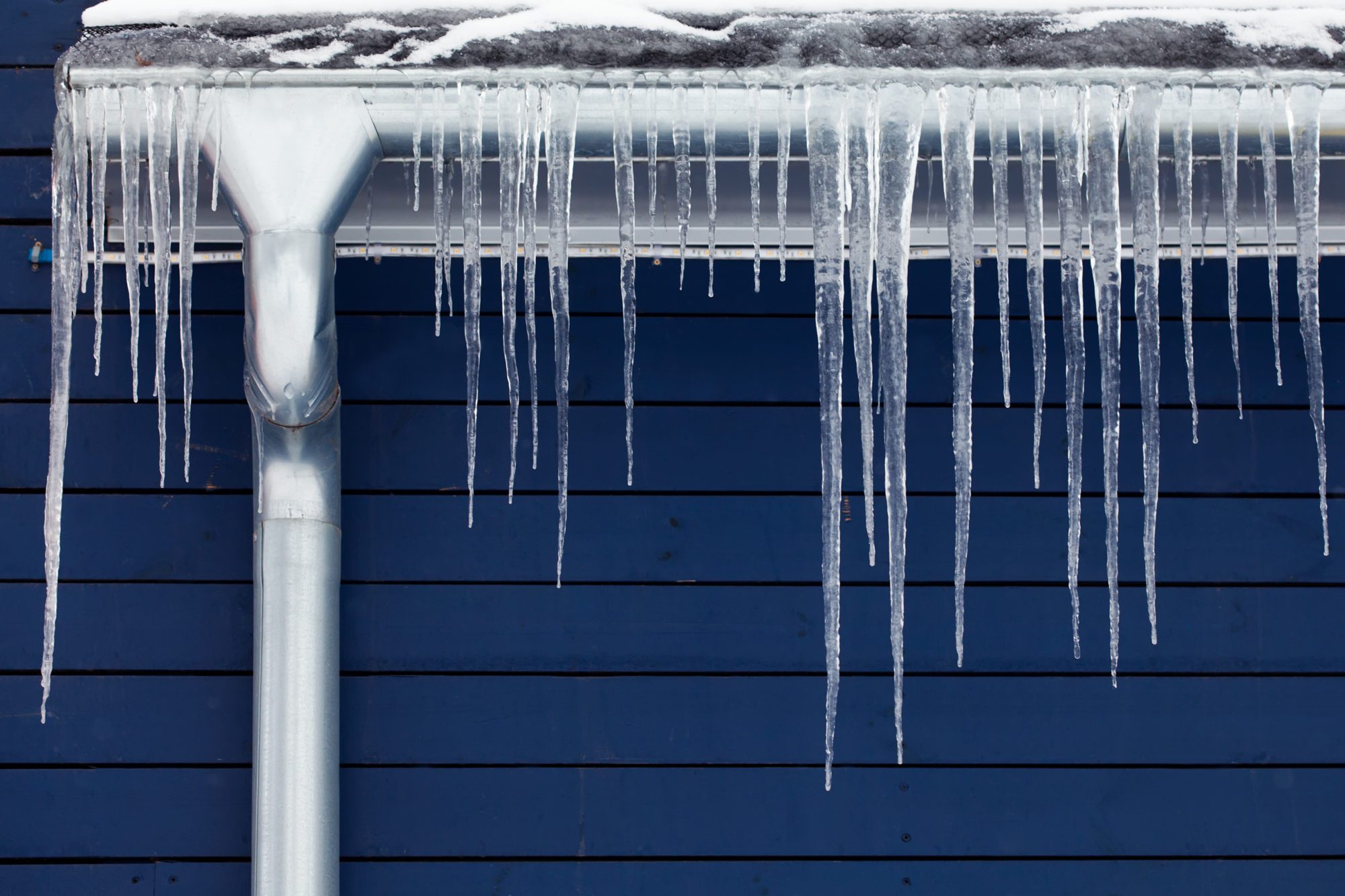Critical Methods for Preventing Frozen Plumbing in Winter
Critical Methods for Preventing Frozen Plumbing in Winter
Blog Article
The writer is making a number of great pointers relating to How to Prevent Your Pipes From Freezing as a whole in this post following next.

Winter can wreak havoc on your pipes, especially by freezing pipes. Below's how to prevent it from taking place and what to do if it does.
Introduction
As temperature levels decrease, the risk of frozen pipes rises, potentially bring about costly repair work and water damage. Comprehending just how to avoid frozen pipes is crucial for house owners in cold climates.
Prevention Tips
Insulating vulnerable pipes
Wrap pipelines in insulation sleeves or make use of warmth tape to secure them from freezing temperatures. Focus on pipelines in unheated or outside locations of the home.
Heating strategies
Keep interior rooms adequately heated, particularly areas with pipes. Open up cupboard doors to allow cozy air to distribute around pipes under sinks.
Just how to identify icy pipelines
Try to find reduced water flow from faucets, uncommon smells or sounds from pipes, and visible frost on revealed pipelines.
Long-Term Solutions
Architectural modifications
Take into consideration rerouting pipelines far from exterior walls or unheated locations. Include extra insulation to attics, cellars, and crawl spaces.
Upgrading insulation
Buy top notch insulation for pipes, attic rooms, and wall surfaces. Proper insulation aids keep consistent temperatures and minimizes the threat of frozen pipes.
Securing Outdoor Pipes
Garden hoses and exterior faucets
Separate and drain pipes yard hose pipes before winter months. Mount frost-proof spigots or cover outdoor taps with insulated caps.
Comprehending Icy Pipelines
What triggers pipelines to freeze?
Pipes freeze when subjected to temperature levels below 32 ° F (0 ° C) for extended periods. As water inside the pipes ices up, it expands, putting pressure on the pipeline wall surfaces and possibly causing them to burst.
Risks and damages
Icy pipelines can result in water interruptions, residential property damage, and pricey repair services. Ruptured pipelines can flood homes and trigger extensive structural damages.
Signs of Frozen Pipeline
Recognizing icy pipelines early can avoid them from bursting.
What to Do If Your Pipelines Freeze
Immediate activities to take
If you suspect icy pipelines, keep taps open up to eliminate pressure as the ice melts. Utilize a hairdryer or towels soaked in hot water to thaw pipes gradually.
Conclusion
Avoiding frozen pipelines calls for positive measures and fast responses. By understanding the causes, indications, and safety nets, property owners can safeguard their plumbing during winter.
5 Ways to Prevent Frozen Pipes
Drain Outdoor Faucets and Disconnect Hoses
First, close the shut-off valve that controls the flow of water in the pipe to your outdoor faucet. Then, head outside to disconnect and drain your hose and open the outdoor faucet to allow the water to completely drain out of the line. Turn off the faucet when done. Finally, head back to the shut-off valve and drain the remaining water inside the pipe into a bucket or container. Additionally, if you have a home irrigation system, you should consider hiring an expert to clear the system of water each year.
Insulate Pipes
One of the best and most cost-effective methods for preventing frozen water pipes is to wrap your pipes with insulation. This is especially important for areas in your home that aren’t exposed to heat, such as an attic. We suggest using foam sleeves, which can typically be found at your local hardware store.
Keep Heat Running at 65
Your pipes are located inside your walls, and the temperature there is much colder than the rest of the house. To prevent your pipes from freezing, The Insurance Information Institute suggests that you keep your home heated to at least 65 degrees, even when traveling. You may want to invest in smart devices that can keep an eye on the temperature in your home while you’re away.
Leave Water Dripping
Moving water — even a small trickle — can prevent ice from forming inside your pipes. When freezing temps are imminent, start a drip of water from all faucets that serve exposed pipes. Leaving a few faucets running will also help relieve pressure inside the pipes and help prevent a rupture if the water inside freezes.
Open Cupboard Doors
Warm your kitchen and bathroom pipes by opening cupboards and vanities. You should also leave your interior doors ajar to help warm air circulate evenly throughout your home.

As a keen reader on Preventing and dealing with frozen pipes, I think sharing that article was beneficial. Liked our write up? Please share it. Let another person discover it. Thanks a lot for being here. Please check up our blog back soon.
Schedule Here Report this page